The Ultimate Guide to Japanese Garage Rock
The Pillows
FLCL! is a name that rings true for any anime fan that grew up watching OVA’s on YouTube in the early 2000’s. Whilst the writing, the visuals and the storytelling were stellar, there was one element to the show that stood above the rest, the soundtrack. Written and performed by the legendary Hokkaido based band The Pillows, FLCL was responsible for introducing an entire generation to Japan’s “do it yourself” subgenre, Garage Rock. The J-Rock scene has always been varied, but garage rock managed to carve out its own distinct niche, taking a much larger inspiration from English and American rock bands of the 60’s like The Who and The Rolling Stones, and mixing these influences with a grittier, more homegrown sound.
Garage rock began in the mid 60’s following a performance by The Beatles in Tokyo, but only began to gain traction around the start of the 70’s. It was a breakaway from the traditional J-Rock scene, incorporating the same production style as J-Punk, with a more upbeat harmonic sound and a larger English influence in lyricism and melodic construction. This combination gave the songs a unique, unpolished feel that really gave a chance for listeners to connect to the bands they liked. Fundamentally, garage rock was in your face.
The performances were energetic and manic, the bands were usually stylised in all caps, but the tone was always positive and peppy. The uniquely underproduced style gave a tangibility to the bands and their members, almost as if the listener was right there in the garage with them. This style of production led to the genre gaining its title of “garage rock”. The infectious melodies and raw live performances allowed the garage rock scene to steadily grow through the 70’s to the 90’s. Its popularity started to fade in the mid 90’s due to the advent of post punk and other associated genre’s, however the genre made a comeback in the early 2000’s and still persists to this day.
This guide will take you, chronologically, through the bands that were instrumental in shaping the scene, to the bands that cemented the genre as a staple of the alt-rock space, and finally to the bands that carry on the immense legacy of Japanese garage rock.
1. The Tigers
1967
Whilst not “garage rock” in the sense we know it now, it’s important to acknowledge the band history that coalesced into the genre as it is today. Following the explosive Japan concert The Beatles put on, a wave of new rock bands came to the forefront of the music scene, trying to capture the essence of the new and trendy western rock genre. The Tigers music was a blend of classic rock and roll and surf rock; Their second single Seaside Bound/Prince In The Heavens (A Side/B Side) took clear inspiration from tracks like Good Vibrations and Wouldn’t It Be Nice. In 1969 the band was featured on the cover of Rolling Stone Magazine, marking one of the first introductions of Japanese music to the west.
The Tigers
2. SHEENA AND THE ROKKETS
1978
SHEENA AND THE ROKKETS made their mark as the first garage rock band to really capture the sound profile of the genre, whilst still maintaining the same surf rock influence of earlier bands. They pioneered a staple style trend of the genre, the capitalized band name, which can be seen in subsequent bands such as THE LETS GO’s. The name itself comes from a portmanteau of the lead musician Makoto Ayukawa’s wife’s name Etsuko with the word rock, along with The Ramones song Sheena Is A Punk Rocker.
Debuting in 1978, they made an instant name for themselves in the Mentai rock collective (めんたいロック), a group 70’s rock artists that shared an origin in the Hakata ward in Fukuoka City. Their initial releases, such as their song KISS-ME-QUICK still echoed that surf rock influence present in bands like The Tigers and The Spiders, but by the time their album NEW HIPPIES rolled around they had truly found their style. Their song Paradise on the same album captures their identity perfectly, it’s raw and eclectic, with an expressly different reverb profile on the drums, giving them a larger weight during the bridge when compared to the rest of the song. The higher reverb on the toms coupled with the metallic quality to the production gives life to the garage feeling, whilst balancing it out with a solid baseline, as to not make the song sound tinny.
The band found major success in their hit song LEMON TEA, which currently has over half a million streams on Spotify. The band’s success has been long standing, allowing them to release an album in 2018 after nearly 40 years of being together.
SHEENA AND THE ROKKETS
3. Shonen Knife
1981
Expanding on the precedent set by SHEENA AND THE ROKKETS, Osaka based girl group Shonen Knife debuted in 1981. Created by college friends Naoko Yamano and Michie Nakatani, and Yamano’s younger sister Atsuko, the band went on to challenge the established punk rock space by including the upbeat sounds and relatively domestic lyricism that later became defining to the garage rock genre. In an interview with Consumable magazine, they echoed a mantra that would be reflected throughout their career, “music should be fun”. The band continued the trend of having slight imperfections in their production contribute to their unique sound profile; in their song Buttercup (I’m A Super Girl), they opted to have guitars that fell heavy on the mid range, creating a boxy melodic line that gave space for the vocals and drums to take centre stage.
The band would steadily gain traction in Japan throughout the 80’s until their success was noticed by superstar musician Kurt Cobain, who invited them to open for Nirvana's European tour on the precipice of their release of Nevermind. The band is still active today, and whilst marriage and retirement has fluctuated the line up between 9 different musicians, the bands inviting sound and infectious energy still permeate the Japanese and international music scene.
Shonen Knife
4. The Blue Hearts
1985
The Blue Hearts are one of Japans most popular garage/punk rock exports to an international audience. Their style, from their music to their outfits brought more of a punk influence into the scene, diverting away from the earlier surf rock influences. Their discography is borderline legendary, their self titled album being one of the only ones on this list to have a dedicated US release, bolstered by a US tour. Whilst the bands albums sold millions worldwide, most people probably know the band from the critically acclaimed 2005 movie Linda Linda Linda, a touching and heartfelt story about a group of high school girls starting a band together, that synthesised an entire subgenre of slice-of-life due to its success, leading to other famous productions such as Bocchi The Rock! and K-ON! Their work also appears in works such as Durarara!! The titular song is, without a doubt, their most popular, reaching number 38 on the Orion charts. The legacy of The Blue Hearts is predicated in the creation of music with those that are close to you, being perfectly indicative of the sound garage rock strives for. The Blue Hearts were not the only band to be featured in a theatrical release, as garage rock successor THE 5.6.7.8’s were featured in the Fast And The Furious franchise in the mid 2000’s.
The Blue Hearts
5. Guitar Wolf
1987
Guitar Wolf expands on The Blue Hearts introduction of more punk-rock aesthetics into the genre, opting to swing fully in the direction of an abrasive, unapologetic sound. Song’s like Jet Generation and After School Thunder are thunderous, with full guitars and coarse vocals. They coined the phrase Jet Rock and Roll,** a moniker which they would go on to describe their music with in interviews. The bands success would allow them to start a clothing brand, aptly named Jet, which they would celebrate opening at the Wing’s and Wheels rock and roll show alongside other famous Japanese bands like the Cro-Magnons. The album cover for their most famous record UFO Romantics takes clear inspiration from UK punk-rock band, The Sex Pistols, a band which informed much of their predecessors, The Blue Hearts, work.
Guitar Wolf
6. The Pillows
1989
Starting as a small, Hokkaido based alt-rock band and achieving small initial success with their sleeper hit album Please Mr. Lostman, The Pillows would break big onto the world stage after being used as the soundtrack to Studio Gainax cult-classic anime, Fooly Cooly! The band’s success was bolstered by the eclectic style of the show, but the real draw of their music was their iconic guitar sounds. The tone of their music is instantly recognisable, and became the envy of the garage rock and alt rock communities. The band was so well respected in the wider rock community, that the album Synchronised Rockers - A Tribute To The Pillows had nearly 10 different bands cover and perform their songs.
Sadly The Pillows broke up earlier this year, however there is no bad blood between the group. After 30 legendary years, their legacy remains untouched.
The Pillows
7. 54 Nude Honeys
1992
54 Nude Honeys remains a hidden gem of the garage rock scene, only garnering 1500 or so monthly listeners on Spotify. The band toes the line between the earlier, more dynamic entries on this list and the hardcore, caustic sounds of the 90’s garage rock bands. Their only album available in the west is a self titled release in 2005, that had a fast pace and hard hitting vocals, with stand out tracks like Fat Liver and Don’t Shut Me Up. The band broke up in 2007 shortly after backup guitarist Fumi began pursuing her own music career and joining the Japanese synth-pop band Polysics.
54 Nude Honeys
8. GitoGito Hustler
1995
After the late 80’s and early 90’s saw garage rock start to divert slightly too close to punk, GitoGito Hustler came swooping in to try and reconnect to the genre’s roots. Their vocal style captured the robust tone of earlier bands whilst maintaining a certain dissonance indicative of the 90’s. However their most popular song was not an original from their band at all, it was in fact a cover of famous 60’s pop song, The Locomotion, that came out on their 2006 album Love and Roll. The band paces up the song and gives the vocals a definite invigoration. The bands vocal style takes inspiration from previous all girl group Shonen Knife, and their inspiration sets new precedent for energy within the genre.
GitoGito Hustler
9. LAZYgunsBRISKY
2015
After falling off in popularity in the late 2000’s to early 2010’s, LAZYgunsBRISKY brings new life to the space in the form of garage rock revival. They had an initial burst of activity in 2006-2012, then went on hiatus before coming back properly in 2015, where they performed for 7 more years. The band was founded by high school classmates and best friends, Lucy, Azu, Moe and Izumi. LAZYgunsBRISKY is unique in the fact they have found success largely in Europe, in countries like France and Switzerland. Their sound is incredible, bringing modern synth and techno sounds whilst maintaining the same lower fidelity style in their rock elements, creating a perfect blend of modern and historic.
Their song Dramatic uses punchy 808’s, futuristic basslines and a vocal filter that gives the song an entirely new melodic identity. In contrast, their song Michigan perfectly connects back to that original sound, blending elements of punk, alt and traditional rock to form the mixed bag, diverse sound garage rock is famous for. Sadly, the band has stopped performing as of 2022 due to complications with the lead singer, Lucy’s, health. However the band has done a service for being an honest to goodness revival and tribute to the garage rock genre, both in sound and origins.
LAZYgunsBRISKY
The beautiful thing about Japanese garage rock is how every schism of the rock genre amalgamates into a single scene. The onus of garage rock is on the artists, and the tone and style of the music seems to put the focal point on the process, rather than the result. Each song, whether it is Mentai rock, punk rock or alt-rock in nature, tells the story of its creation, and paints a picture of the foundation of garage rock, people making homegrown music together.

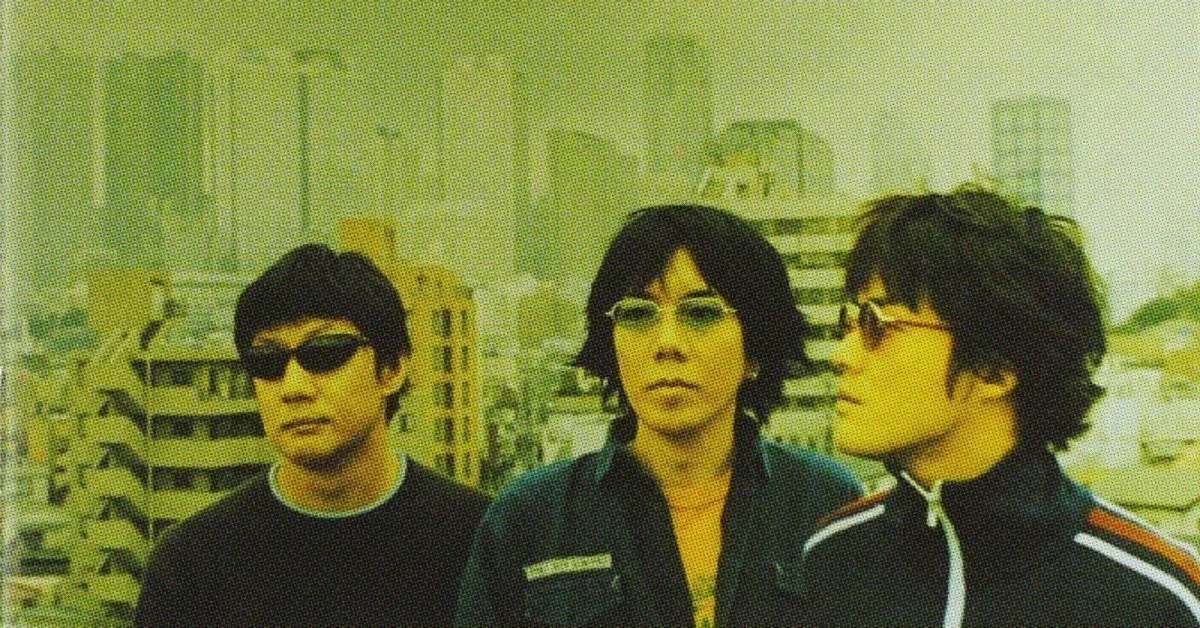

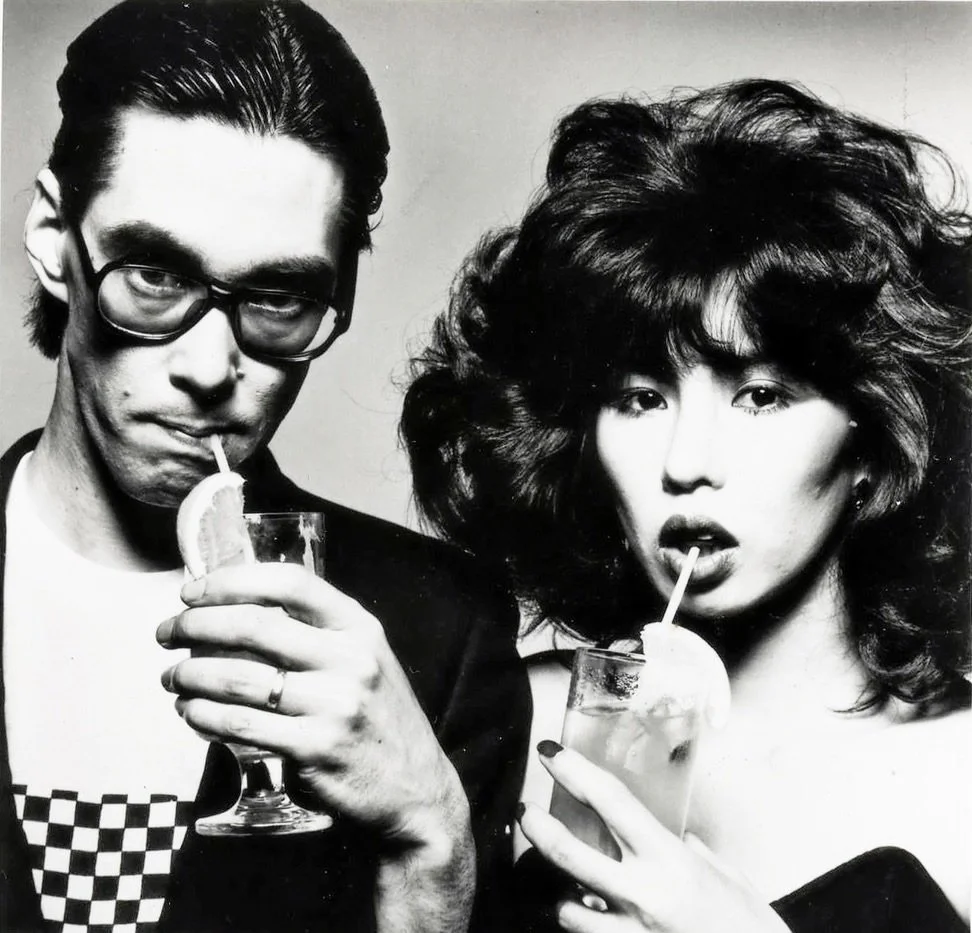




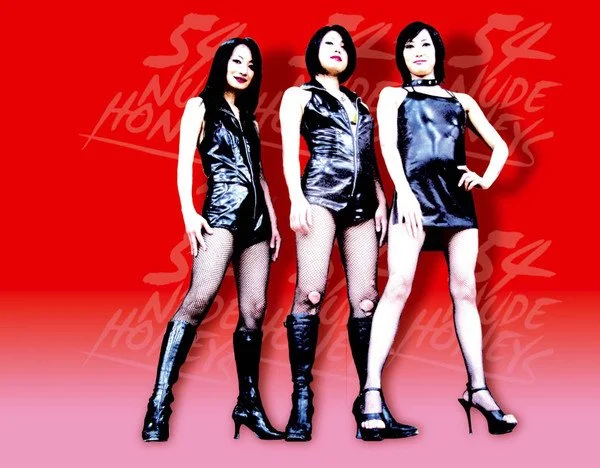
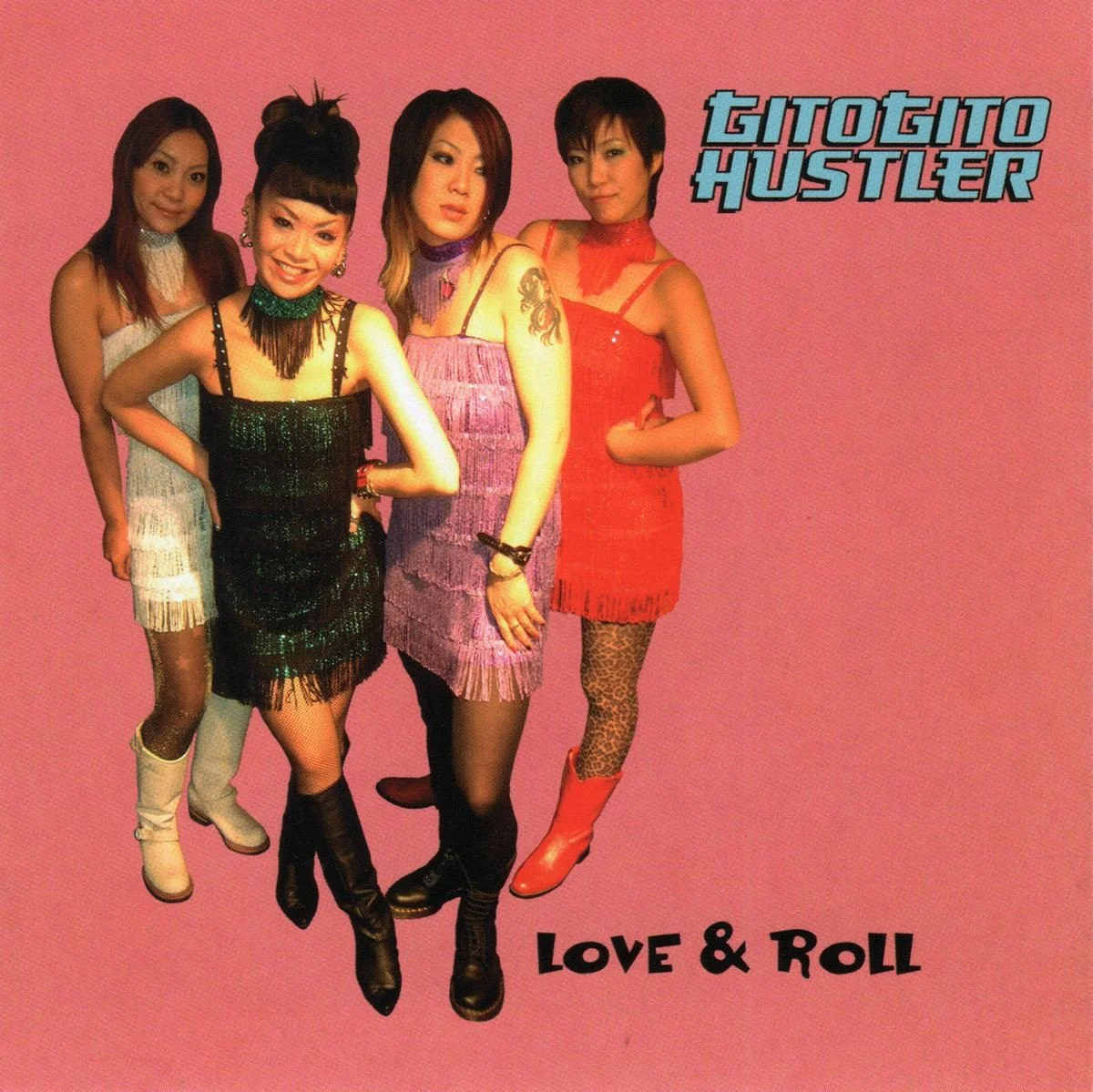

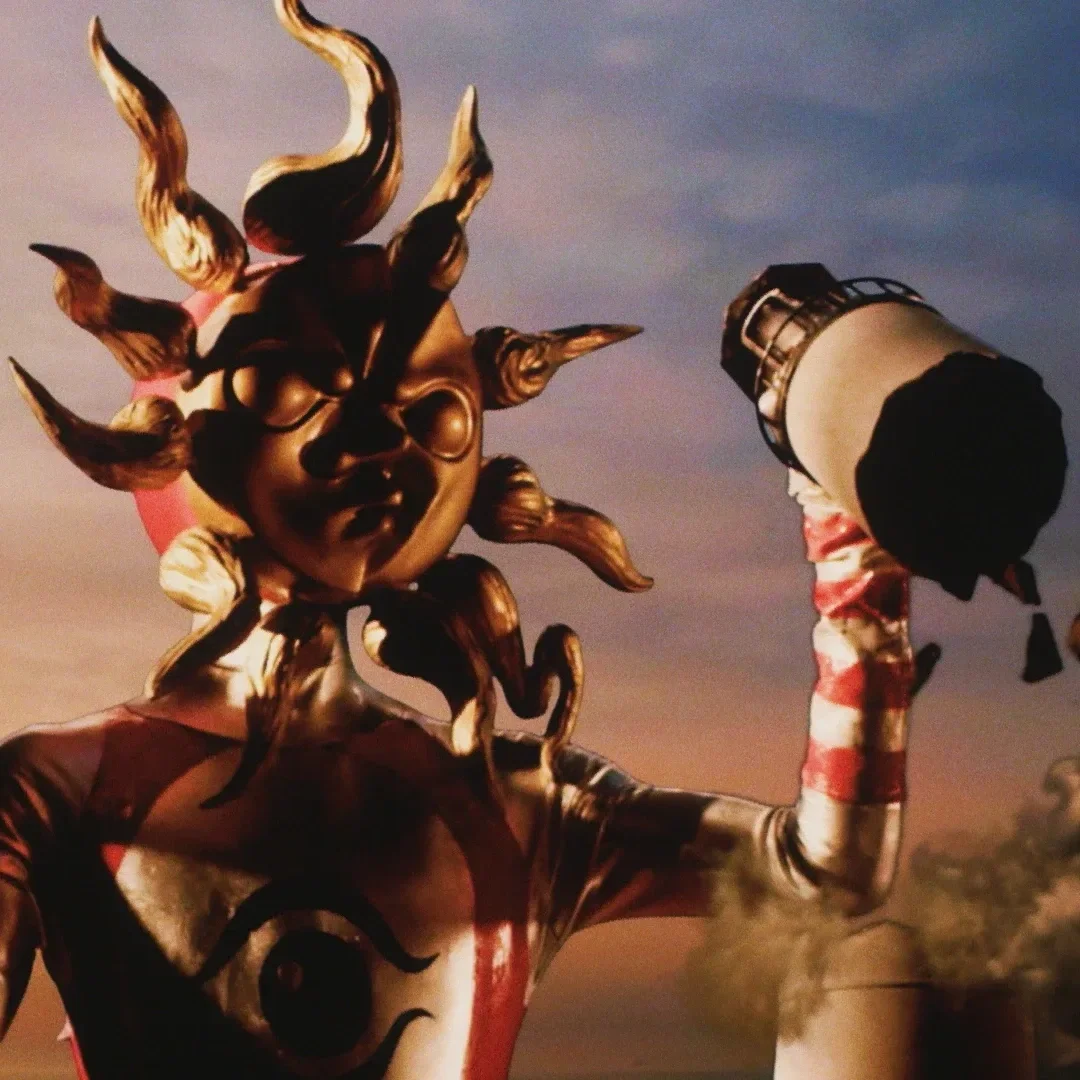


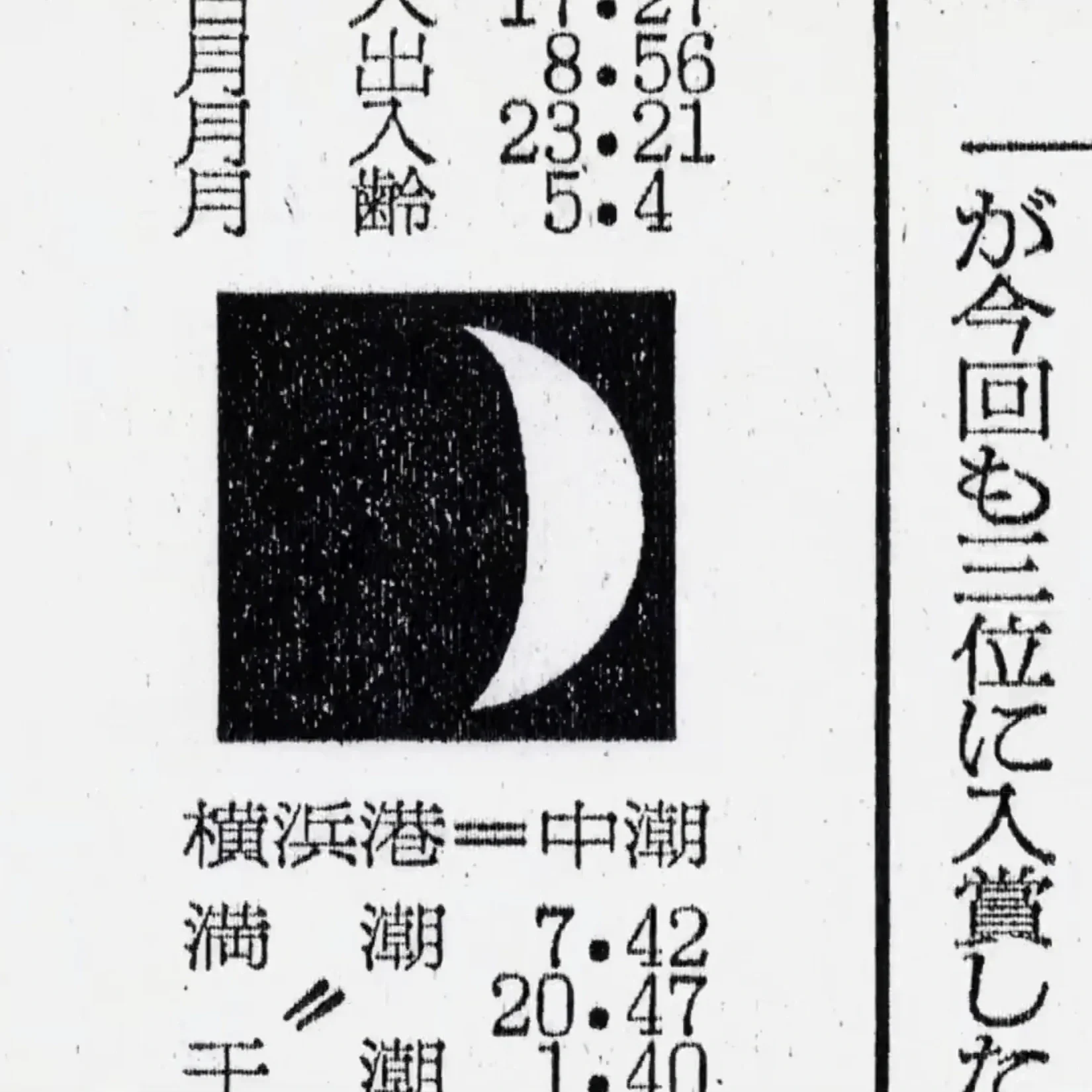
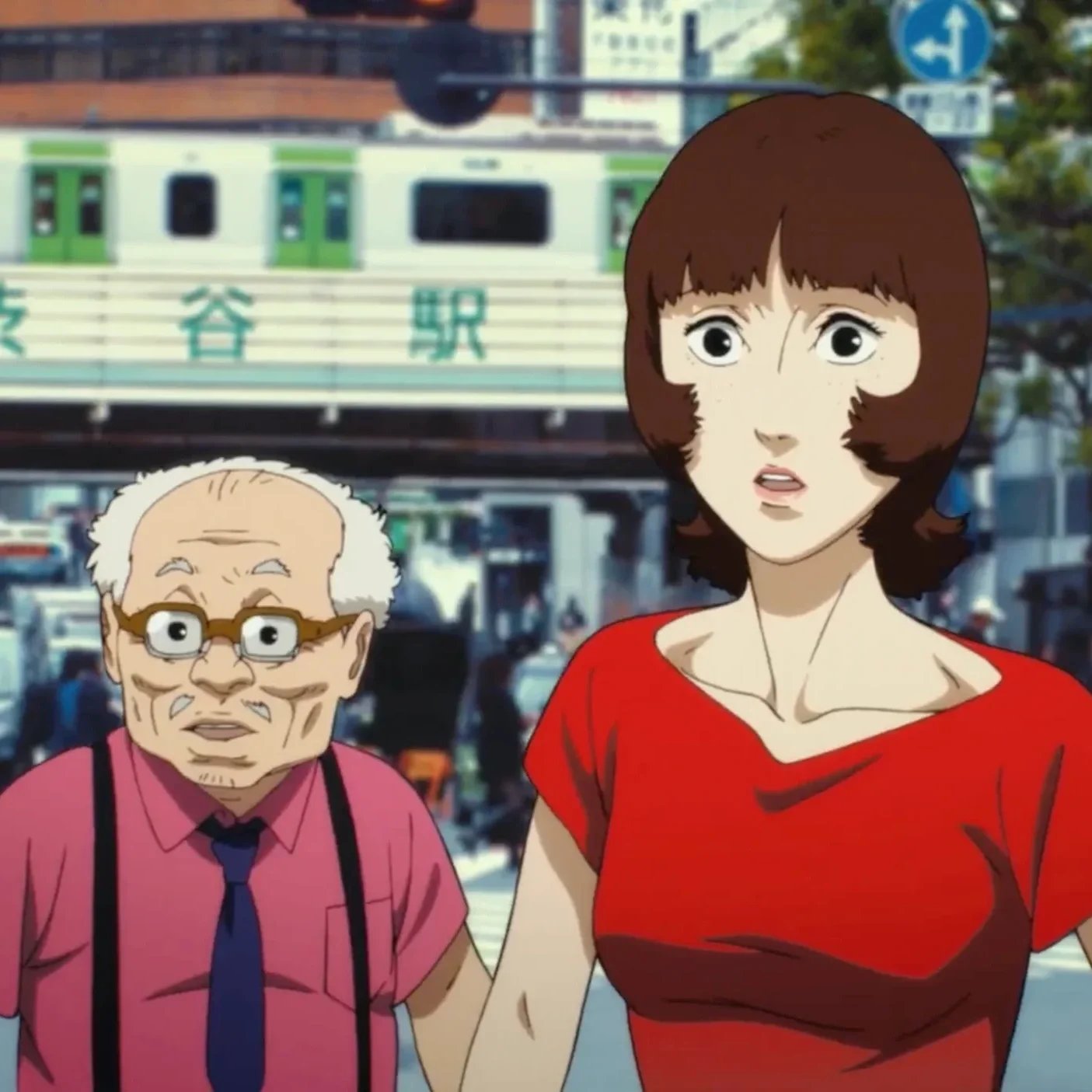
Tracing how jazz evolved from Lupin’s charm to Bebop’s sci-fi western universe.